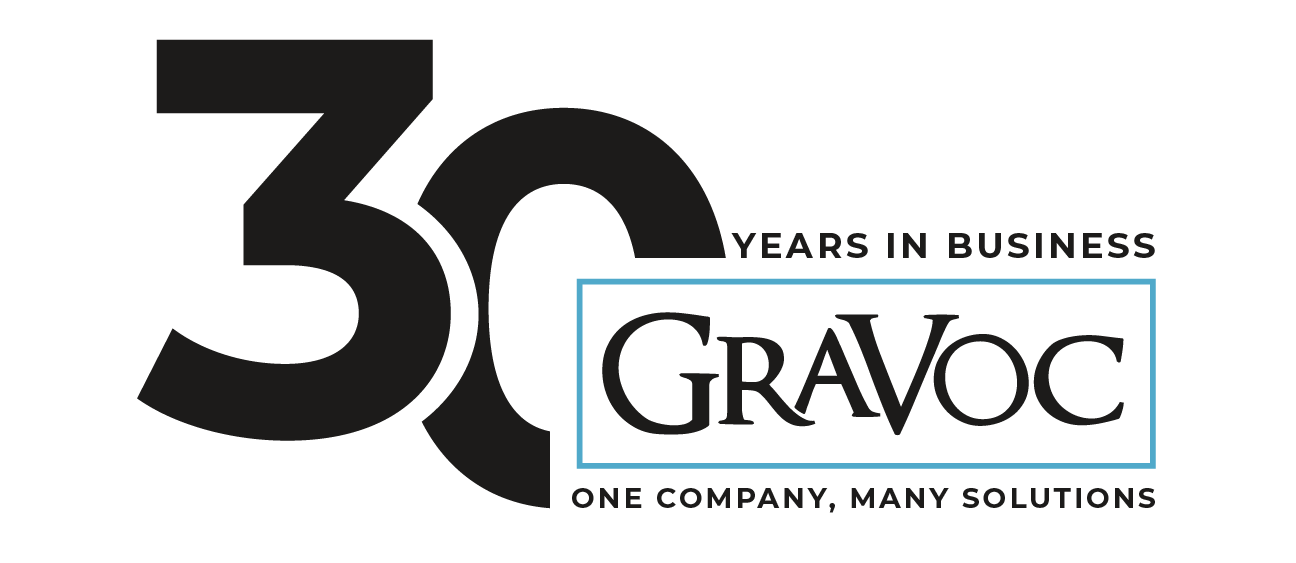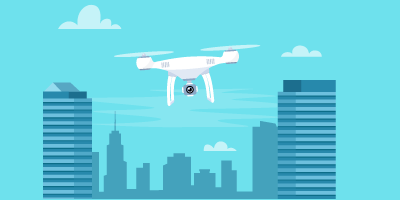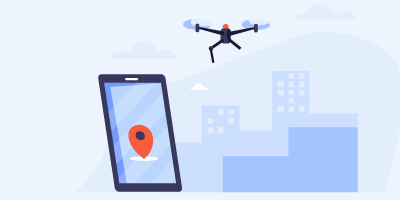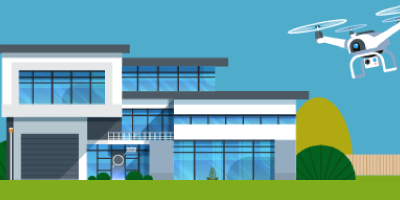The FAA requirement for pilots to register their drones has been up for debate since drones became popular on the market for consumers. The rule states that any drone between .55 and 55 pounds must be registered with the FAA and that the registration number must be displayed on the drone in a place accessible without tools.
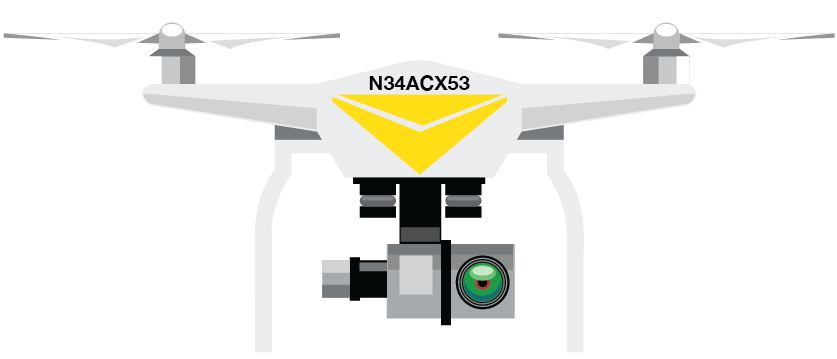
Drone registration was first introduced back in 2015. It was suspended earlier this year when the court found that the rule conflicted with federal legislation from 2012 that stated the FAA did not have the authority to regulate model aircraft. Since the suspension, only commercial drones needed to be registered, and hobbyists were able to fly with few restrictions. The rule is now back in effect after the National Defense Authorization Act was passed. Now, any remote control flying device weighing between .55 and 55 pounds must be registered into the FAA database, and have the registration number displayed.
Federal Drone Registry and Why It’s Important
As thousands of Americans wrap up the holiday season, there is no doubt that drones were a hot gift this year, with small “selfie drones” increasing in popularity. Even these little drones fall under the weight class requiring registration for all consumers. This is making many people ask, “Why do I have to register?”
The idea behind the registration rule, before it was suspended, was that registration would hold pilots accountable for their flights. This would help deter flights that could cause public safety hazards and interfere with law enforcement. Over the past few years, there has been an increase in improper drone use. Just this past September, a hobbyist had a collision with a military helicopter after failing to follow the rule against flights beyond his line of sight. There have also been numerous instances of inexperienced operators crashing drones into government buildings and even other people.
These incidents highlight a lot of reasons why drone registration is a good thing. Registration encourages operators to follow the rules and operate safely. It makes it possible for law enforcement to track drones that are flown incorrectly back to their operators, which is in the interest of public safety. The process pushes new drone operators to educate themselves, which will prevent accidents in the future.
Registration also benefits the drone operators. While the software in even consumer drones is very advanced and reliable, errors and issues do happen that are outside the operator’s control. Radio interference and other problems could cause a lost link or flyaway. A flyaway occurs when an operator loses signal between the controller and aircraft, and the drone takes off on its own. Most times the Return to Home function turns on and the drone comes back to the take-off position, but on occasion, the operator loses the drone. This can result in a crash or collision, or the drone will make an emergency landing somewhere. The registration number allows the operator to be tracked and the aircraft returned.
How to Register Your Drone
Now just because drones need to be registered doesn’t mean that you should avoid getting one. They are powerful tools and flying drones is an incredibly rewarding hobby. (Don’t even get us started on drone racing!) Anyone over the age of 13 can register a drone and it only costs $5 no matter what type of drone you are flying. To fly safely operators can also download the FAA’s free B4UFly app. This useful tool will help drone operators learn the rules of the sky and show them where they can legally fly. Happy flying from the Creative Technology team at GraVoc!
Click below to learn more about the laws for flying your drone:
Click below to register your drone:
What to know before flying a drone infographic provided by BWI Fly at https://bwifly.com/resources/know-flying-drone/
Related articles
6 Major Industries That Benefit from Drone Services
A look at how six major industries, such as real estate, eCommerce, and construction, can leverage the benefits of drone services.
Remote ID for Drones: All You Need to Know
In this blog post, we provide a guide to remote ID for drones, including how drone pilots can ensure compliance with the FAA remote ID rule.
Real Estate Drone Photography: Top 3 Benefits and Considerations
In this blog post, we’ll discuss the benefits of real estate drone photography & things realtors should look for when hiring a drone pilot.
